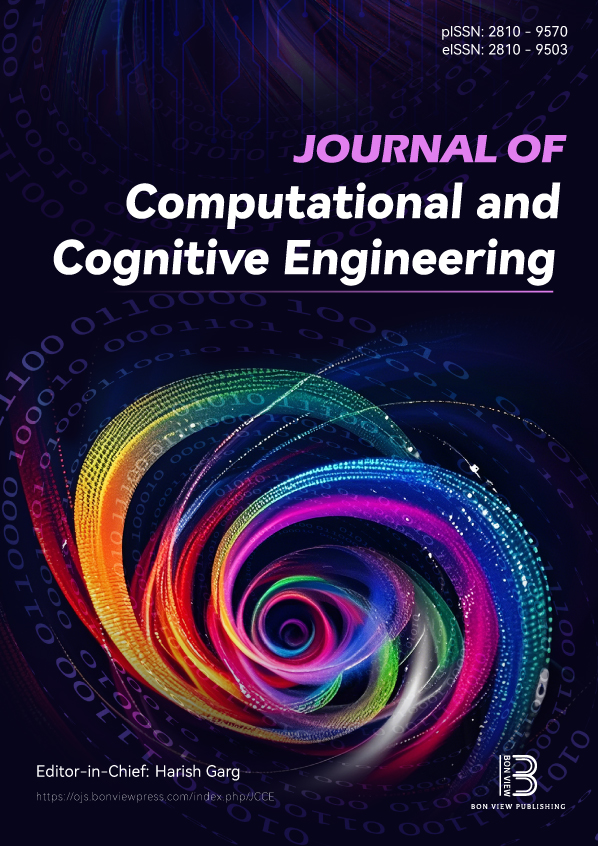Dempster Combination Rule-Aided Multi-Sensor Decision-Level-Based Data Fusion in Industrial Internet of Things (IIoT) over Zero-Trust Security
DOI:
https://doi.org/10.47852/bonviewJCCE42023198Keywords:
data fusion, multi-sensor, zero-trust security, Dempster combination rule, single-source data fusion (SSDF), Bayesian estimation data fusion (BEDF)Abstract
Data fusion is a process of accommodating data from discrete sources to generate more relevant information with enhanced accuracy and compatibility rather than the data gathered and information produced by the identical or particular source. To achieve better accuracy in the information inferred by the Industrial Internet of Things (IIoT) system, data fusion is an emerging technology that takes data from different involved devices as input and generates more consistent and accurate information. To safeguard the IIoT data involved in communication foremost is to ensure the authenticity of the devices to block unauthorized access and thus enhance the data confidentiality and data integrity as well. Zero-trust security is thus employed in the IIoT infrastructure to meet the security requirements in question. The proposed approach, Dempster combination rule-aided multi-sensor decision-level-based data fusion (MS-DLDF) in Industrial Internet of Things (IIoT) over zero-trust security, breaks down the whole concept into phases – initially, the device authenticity is ensured before entering and accessing the network, next, the device data is then encoded to avoid data theft or breach from any unauthorized device, and lastly, the data fusion algorithm is executed to gather data from multiple sources as input and reach to more appropriate and relevant information as compared to the information inferred from a single source. The proposed MS-DLDF concludes with the outstanding results of the Dempster combination rule with the increased number of sensors in complex networks as compared to the single-source data fusion and Bayesian estimation data fusion with enhanced accuracy by 6%, minimal computation time by 15%, increased precision rate 6%, reduced false positive rate by 31%, and the amplified data confidentiality rate by 2%, respectively.
Received: 23 April 2024 | Revised: 18 June 2024 | Accepted: 22 July 2024
Conflicts of Interest
The authors declare that they have no conflicts of interest to this work.
Data Availability Statement
The IIoT_data that support the findings of this study are openly available at https://data.world/gymprathap/iiot-data.The X-IIoTID datasets that support the findings of this study are openly available at https://data.world/muna-al-hawawreh/industrial-internet-of-thingsintrusion-dataset/workspace/file?filename=X-IIoTID-dataset-new. zip.
Author Contribution Statement
Anamika Singh: Methodology, Software, Writing – original draft, Visualization. Rajesh Kumar Dhanaraj: Conceptualization, Software, Formal analysis, Supervision. Anupam Kumar Sharma: Validation, Writing – review & editing.
Metrics
Downloads
Published
Issue
Section
License
Copyright (c) 2024 Authors

This work is licensed under a Creative Commons Attribution 4.0 International License.






